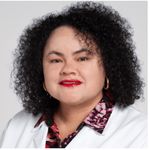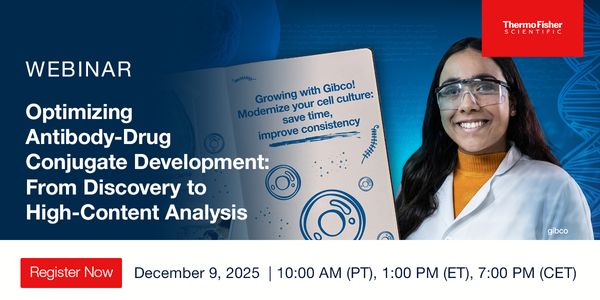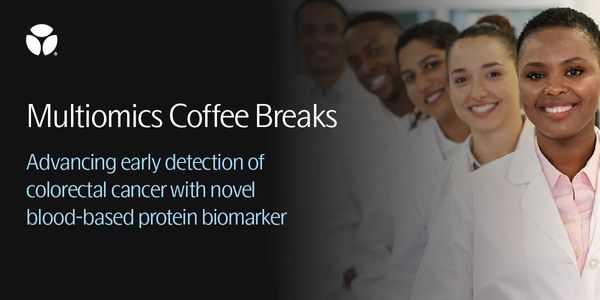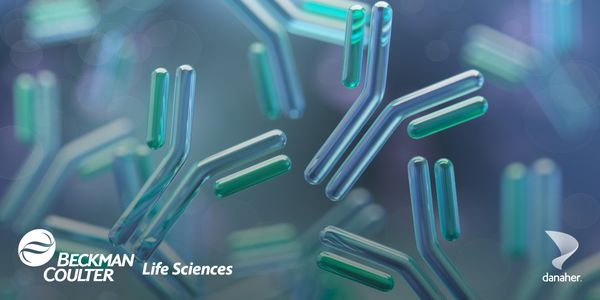Fundamentals and Clinical Applications of Biofilms and Rapid Diagnostic Technique
Biofilm is an ancient and preferred mode of growth for microbes with 99% of all microbes residing in a biofilm. Biofilm is characterized by a community of microbes (usually polymicrobial often termed diversity) which constructs a structure composed of polymers (sugars, proteins and/or DNA) to form a protective matrix around the community. This matrix allows the individual microbes within the biofilm to differentiate for different functions such as the environmental edge (which senses and reacts at a molecular level to the environment), a region with highly efficient and upregulated horizontal gene transfer between microbes (stress response) and a deep region which accumulates metabolic waste products and is devoid of oxygen which has been used up by the microbes of the biofilm. The basal region with an anoxic core causes microbes to become dormant and selects for persister cells while also providing an excellent environment for strict anaerobic bacteria to propagate. Biofilm phenotype mode of growth, along with the protective matrix, confers many defenses for the biofilm including high resistance to antibiotics and biocides, very limited penetration of host immune mechanisms such as white blood cells, antibodies and compliment and the ability to regrow the entire biofilm after a catastrophic event such as debridement. It is the characteristics of biofilm which presents clinically as a chronic infection and the chronic infection of skin is the chronic wound. Most wound care is done by trial and error because of lack of diagnostic capabilities. Current clinical cultures are designed to find one organism growing in planktonic phenotype. Biofilm, on the other hand, is polymicrobial (diversity) whose microbial constituents are viable (still alive) yet not culturable. Therefore, clinical culture methodologies are wholly unsuited for diagnosing wound biofilm. Therefore, molecular methods such as PCR and sequencing have been utilized to identify and quantitate the microorganisms present in biofilm. By utilizing real-time PCR the approximate number of microbes per gram of tissue can be determined (bacterial load). Sequencing is necessary to identify fungus and bacteria that are present in the wound and their relative contribution (percent of each species) to the biofilm. This allows the determination of dominant species and the most important targets for topical and/or systemic antibiotics and biocides. By appropriately identifying the microorganisms present in the biofilm, and then suppressing those microorganisms, wound healing outcomes are improved.






